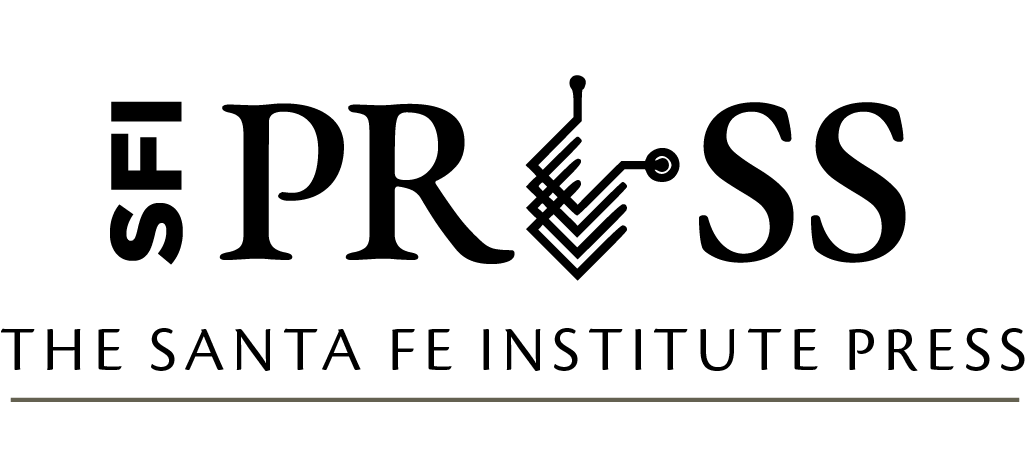Foundational Papers in Complexity Science pp. 2373–2427
DOI: 10.37911/9781947864559.76
Life and Computation: From Statistical Physics to Emergent Physics
Author: David H. Ackley, Living Computation Foundation; University of New Mexico
Excerpt
From one point of view, what we have here is a common science story, played out in three acts over an eight-year span: Christopher Langton (1986; see Foundational Papers vol. 3, ch. 61) made a conjecture about a general quantity he called lambda (λ). Then Norman Packard (1988) built an example that supported that hypothesis. But later, Melanie Mitchell, Peter Hraber, and James Crutchfield (1993) were unable to replicate Packard’s detailed results, offered reasons to question some of its interpretations, and suggested useful alternatives.
In that telling, it’s just science making progress and working as designed. It might sound bad for Packard, but it turns out his contribution was key. For me at the time, as a fresh computer-science PhD, it was exciting research to follow. Looking back now, it feels even a bit glorious.
Writ large, I see people daring to draw bold new connections between two vast conceptual domains: here’s technology and computation, central to our species’ success and modern society, and there’s life in all its variety, central to how we see ourselves and the natural world. To frame a satisfying and effective unified understanding of life and computation would—and I believe will—be a tremendous human accomplishment. Of course, hypotheses will sometimes fail, and simple assumptions will need to be refined—or we’re just not trying hard enough.
Bibliography
Ackley, D. H. 1987. A Connectionist Machine for Genetic Hillclimbing. Boston, MA: Kluwer Academic Publishers.
Ackley, D. H., G. E. Hinton, and T. J. Sejnowski. 1985. A Learning Algorithm for Boltzmann Machines. 9:147–169. 1.
Boltzmann, L. [1896]1964. Lectures on Gas Theory. Berkeley, CA: University of California Press.
Hordijk, W., J. P. Crutchfield, and M. Mitchell. 1996. Embedded-Particle Computation in Evolved Cellular Automata. Technical report 96-09-073. Santa Fe, NM: Santa Fe Institute.
Langton, C., ed. 1989. Artificial Life: The Proceedings of an Interdisciplinary Workshop on the Synthesis and Simulation of Living Systems: Held September, 1987 in Los Alamos, New Mexico. Vol. 6. Santa Fe Institute Studies in the Sciences of Complexity. Redwood City, CA: Addison-Wesley.
Langton, C. G. 1986. “Studying Artificial Life with Cellular Automata.” A preliminary investigation of the potential of CA for supporting life, Physica D 22:120–149.
Mitchell, M., P. T. Hraber, and J. P. Crutchfield. 1993. “Revisiting the Edge of Chaos: Evolving Cellular Automata to Perform Computations.” Complex Systems 7 (2).
Packard, N. H. 1988. “Adaptation Toward the Edge of Chaos.” Edited by J. A. S. Kelso, A. J. Mandell, and M. F. Shlesinger, 293–301.
Wolfram, S. 1983. “Statistical Mechanics of Cellular Automata.” Reviews of Modern Physics 55:601–644.
— . 1984. “Universality and Complexity in Cellular Automata.” Physica D 10:1–35.
